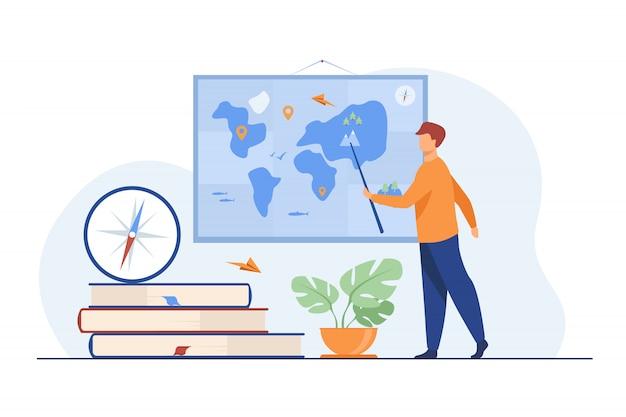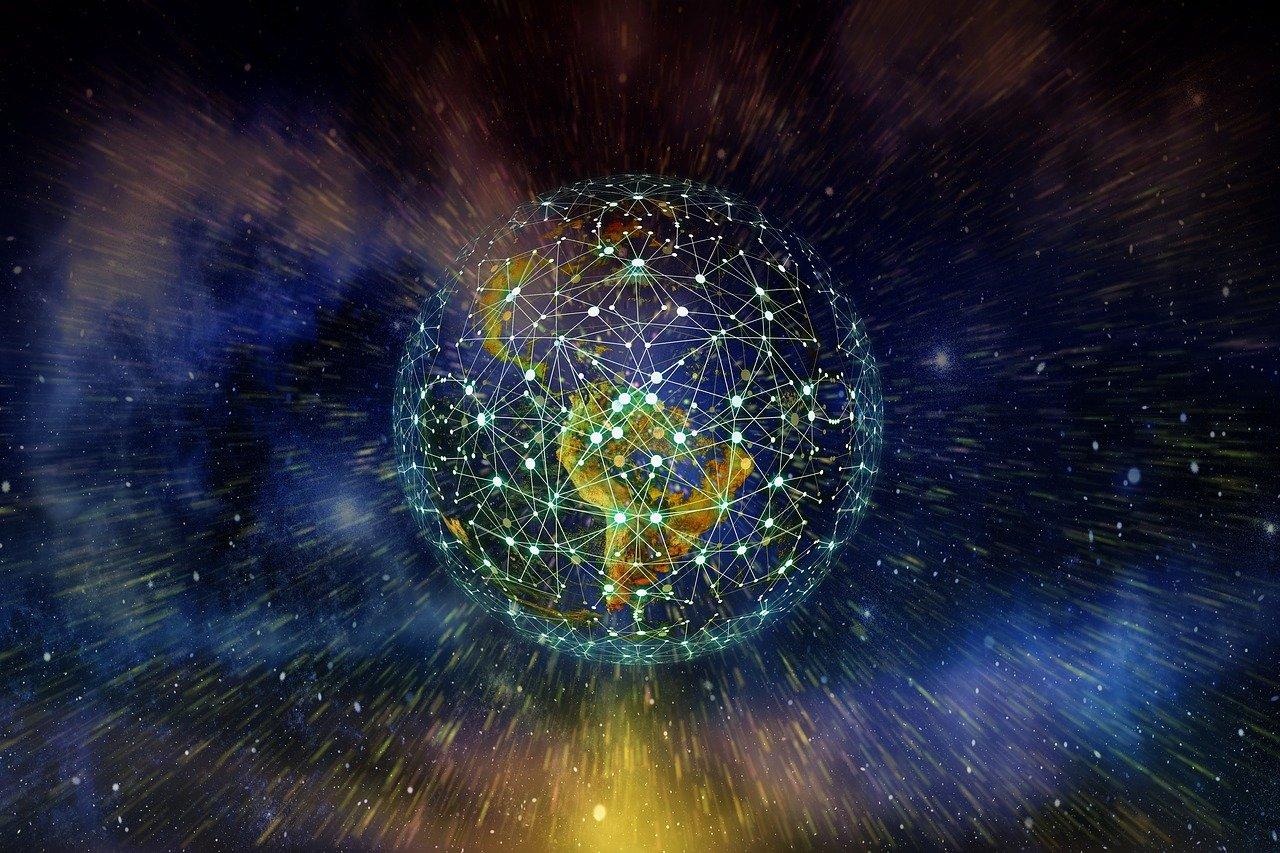Globalization has become an integral part of our interconnected world, transforming the way we live, communicate, and conduct business. As we embrace the year 2023, it’s crucial to understand the various aspects and types of globalization that shape our global society. In this blog post, we will delve into the seven major types of globalization, exploring their effects on language, culture, and international trade.
Have you ever wondered how globalization affects your daily life? Or how it impacts the languages we speak and the cultures we cherish? Globalization truly has a profound influence on these aspects, and we’ll uncover the intricacies in this post. Additionally, we’ll discuss the driving forces behind globalization and examine its advantages and disadvantages. With a focus on the key drivers of international trade, we’ll also highlight some real-life examples of globalization that shape our world economy.
Join us as we embark on this enlightening journey through the seven major types of globalization. By gaining a deeper understanding of its effects, we can navigate the global landscape more consciously and adapt to the ever-changing dynamics of our interconnected world.

The 7 Major Types of Globalization
Globalization is a buzzword that has been thrown around for decades. It refers to the increasing interconnectedness and interdependence of countries through the exchange of goods, services, information, and culture. But what exactly are the seven major types of globalization? Let’s dive in and explore these different facets of the global phenomenon.
1. Economic Globalization: Money Makes the World Go Round
Economic globalization is perhaps the most well-known type of globalization. It’s all about the flow of money across national borders. From multinational companies setting up factories in different countries to the rise of international trade agreements, economic globalization has revolutionized the way businesses operate. You can’t escape the power of the global economy, and believe me, even if you try, those dollars will catch up with you.
2. Technological Globalization: Embracing the Digital Frontier
Thanks to technological advancements, the world is more interconnected than ever before. From smartphones that give us access to the internet at our fingertips to social media platforms connecting people across continents, technological globalization has shrunk the world into a virtual village. We’re like little ants, scurrying around the digital landscape, leaving our digital footprints wherever we go.
3. Cultural Globalization: Hello, Bonjour, Ni Hao!
Cultural globalization is all about the spread of ideas, values, and customs across borders. It’s like a cultural potluck where you get to sample different flavors from around the world. Whether it’s through music, movies, or even fashion trends, cultural globalization has made our world a more diverse and vibrant place. So next time you compliment someone on their sushi tattoo or Bollywood dance moves, remember, it’s all thanks to cultural globalization.
4. Political Globalization: It’s Not Just About Red and Blue
Political globalization refers to the increasing influence and power of international organizations and alliances. Think of the United Nations or the World Trade Organization – these are the power players shaping global politics. It’s like the Game of Thrones, but with fewer dragons and more world leaders trying to negotiate peace treaties. So keep an eye on those global politics because they can affect our lives more than you might think.
5. Environmental Globalization: Saving the Earth, One Step at a Time
In a world facing climate change and environmental challenges, environmental globalization has become a crucial aspect of our lives. International agreements like the Paris Agreement and global efforts to address pollution and deforestation are all part of this type of globalization. We’re all in this together, and it’s up to us to protect this beautiful blue planet we call home. Remember, reduce, reuse, and recycle!
6. Social Globalization: Making Connections, One Friend Request at a Time
Social globalization revolves around the concept of interconnectedness in our daily lives. It’s about the relationships we build across borders, whether through travel, social media, or good old-fashioned pen pal letters. Social globalization brings us together, making the world feel a little smaller and more familiar. So go ahead, make friends from different cultures – the world is your virtual oyster!
7. Ideological Globalization: Minds Expanding, Boundaries Dissolving
Ideological globalization deals with the spread of ideas, ideologies, and values across countries and continents. Whether it’s democracy, human rights, or capitalism, these ideas transcend borders and shape the world we live in. Ideological globalization challenges traditional beliefs and opens our minds to new ways of thinking. Embrace the intellectual journey, my friend, for it’s through ideas that we can change the world.
And there you have it – the seven major types of globalization. From the flow of money to the spread of ideas, globalization has transformed our world in more ways than one. So the next time you hear the word “globalization,” think of this diverse and interconnected web that binds us all together. Embrace it, learn from it, and let it inspire you to view the world with a wider lens.

FAQ: What are the 7 Major Types of Globalization?
Welcome to our FAQ section on the 7 major types of globalization! If you’re curious about how globalization affects your life, language, culture, minority languages, and more, you’ve come to the right place. Let’s dive right in and find some answers to those burning questions you have about this global phenomenon.
How does globalization affect your life
Globalization has become an integral part of our lives, whether we realize it or not. From the products we use to the food we eat, globalization has made the world a smaller place. It has increased our access to goods and services from different parts of the globe, giving us more options and creating a melting pot of diverse influences.
How does globalization affect language and culture
Language and culture are deeply intertwined, and globalization has a significant impact on both. While it promotes linguistic diversity through increased communication, it also poses challenges to minority languages. The dominance of widely spoken languages, such as English, can sometimes overshadow smaller languages, leading to a loss of cultural identity.
What is the driving force of globalization
If globalization were a road trip, the driving force would be technology. Technological advancements, like the internet, have revolutionized communication and transportation, making the world more interconnected than ever before. It has paved the way for global trade, cultural exchange, and the flow of information across borders.
What are the main advantages and disadvantages of Globalisation
Ah, the age-old debate of advantages versus disadvantages! Globalization offers several benefits, such as increased economic growth, job opportunities, and access to diverse products. However, it also comes with drawbacks, like income inequality and the risk of cultural homogenization. It’s essential to strike a balance and address these challenges while enjoying the advantages.
What are the five major drivers of globalization
Buckle up, because we’re going on a five-lane highway of globalization drivers! Technology, trade, investment, migration, and government policies are the major drivers propelling globalization forward. Each lane contributes to the overall movement and interconnectedness of the global economy and society.
What are the causes driving globalization
Globalization isn’t fueled by a single cause but rather a combination of factors. The main drivers include advancements in technology, the liberalization of trade and investment, increased international travel and migration, and governmental policies aimed at fostering global cooperation. These causes work together like a well-rehearsed orchestra, playing their parts in the symphony of globalization.
What are examples of globalization
Oh, the world is full of examples showcasing globalization in action! Think about multinational corporations, global supply chains, international trade agreements like NAFTA or the European Union, and even the spread of fast food chains like McDonald’s to all corners of the globe. These are just a few drops in the vast ocean of globalization.
What are the key drivers of international trade
When it comes to international trade, several key drivers kickstart the engine. These include the exchange of goods and services, trade policies and agreements, fluctuations in currency exchange rates, transportation and logistics, and of course, the demand and supply dynamics between countries. It’s like a well-choreographed dance of economic transactions on a global scale.
How does globalization affect culture
Culture and globalization have an intricate relationship, much like peanut butter and jelly. Globalization exposes us to new cultures, music, art, and perspectives, fostering a sense of cultural exchange and appreciation. However, it can also lead to the commodification of culture, dilution of traditions, and the loss of cultural uniqueness. It’s a constant tango between adaptation and preservation.
What are the effects of globalization in communication
Globalization has revolutionized the way we communicate, turning the world into one big digital village. The rise of social media platforms, instant messaging, and video conferencing has made it easier for people to connect across continents. However, it can also lead to information overload, digital divide, and challenges in maintaining privacy and security in this interconnected web.
What are the 4 types of globalization
Hold on tight as we explore the four lanes of globalization! These include economic globalization, political globalization, cultural globalization, and technological globalization. Each lane represents a different aspect of this global journey, intertwining to shape our world in unique ways.
What do you mean by drivers of international trade
Imagine international trade as a car, and drivers are the forces that set it in motion. These drivers include factors like government policies, demand and supply dynamics, exchange rates, trade agreements, and even advancements in transportation and technology. They grab the wheel and steer the car of international trade towards new horizons.
What are the most important drivers of globalization
When it comes to the most important drivers of globalization, technology takes center stage like a superstar. The advancements in technology have acted as a catalyst, fueling the other drivers like trade, investment, and communication. Without technology, globalization wouldn’t have reached the heights we see today.
Why globalization is bad for culture
It’s not all sunshine and rainbows when it comes to globalization’s impact on culture. While it promotes cultural exchange, it can also lead to the commodification and appropriation of cultures, eroding their authenticity and uniqueness. It’s important to find a balance that celebrates cultural diversity while avoiding the homogenization of identities.
What are the 7 major types of globalization
Drumroll, please! The stage is set for the grand revelation of the 7 major types of globalization. Brace yourself for economic globalization, political globalization, cultural globalization, technological globalization, environmental globalization, social globalization, and finally, ideological globalization. It’s like a symphony of interconnectivity playing in the global arena.
Which of the following is an advantage of globalization
Alright, time for a pop quiz! Among the advantages of globalization, we have increased access to goods and services from around the world, job opportunities through global trade, and the dissemination of knowledge and ideas across borders. So, the answer is – all of the above!
What are the three advantages of Globalisation
Three cheers for globalization! The three advantages are economic growth through international trade, cultural exchange leading to a broader understanding of diverse perspectives, and increased opportunities for innovation and technological advancements. It’s like a three-course meal of benefits for the world to savor.
And there you have it, folks! A comprehensive FAQ section on the 7 major types of globalization that hopefully answered your burning questions and brought a smile to your face. Stay curious, keep exploring, and embrace the interconnected world we live in. Happy globetrotting!
